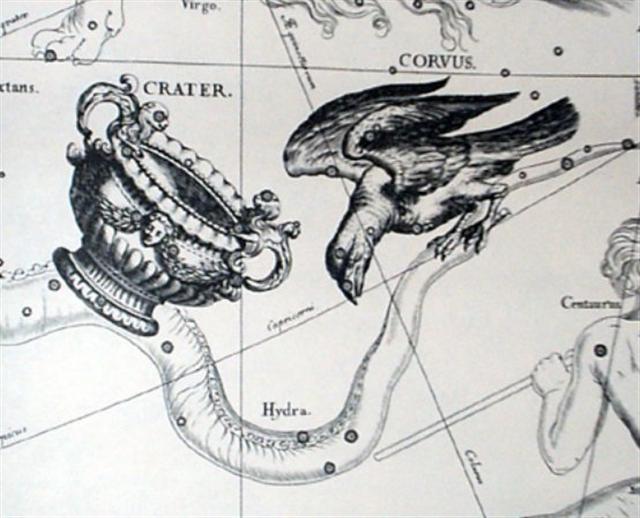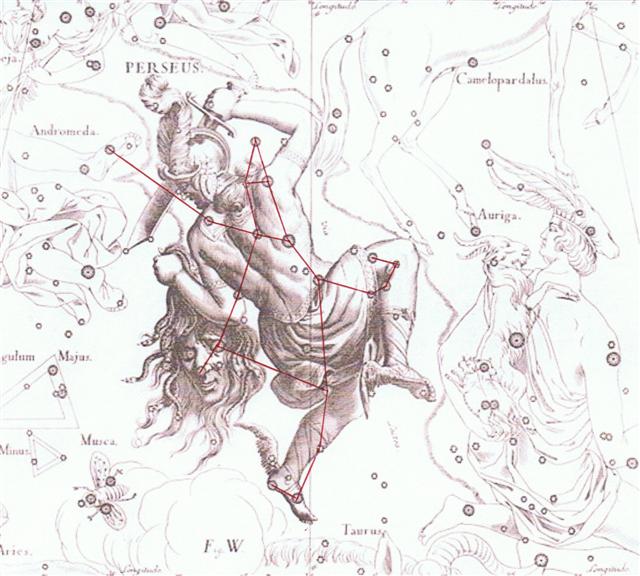The front side of the C tablet has a text which is significantly longer than that on side b. The reason could be a wish to begin with what was well known: If we should add 80 to the number of glyphs on side a, then we would reach 472 (= 8 * 59). But counting with February 29 there would be 81 preceding days:
But in order to make the counting easy I have in my presentations of the texts used day number 80 for March 21. This means we can either add or subtract 183 from a heliacal day number to reach the corresponding nakshatra day number - given a year with 366 days. For instance was *Ca14-3 (glyph number 366) at 0h in rongorongo times and 0 + 183 = 183 would then be the RA day of Alchita. Counting another 183 days ahead from Alchita would then have lead back to 0h. When I above have noted e.g. day number 448 at March 23 this was the result of adding 366 to 82. Moving ahead with a year includes counting also February 29. 8 dark outside the calendar nights at the end of side b could better be described as similar to the 8 dark nights after the evening star Venus than as the 8 dark nights before the morning star Venus:
But then we could expect also the 50 dark nights when Venus was absent in the sky after her disappearance as morning star to be documented in the text. Line Cb1 has 24 glyphs and added to the last 26 on side a it becomes 50:
In rongorongo times Gienah (γ Corvi at the right wing of the bird) rose with the Sun in September 22 (the southern spring equinox) and the star culminated at midnight in May 10 (5-10) - i.e. 50 days after the March equinox:
This was also the day when Algenib Persei rose with the Sun, in ancient times having decapitated the Medusa of winter at spring equinox. This would have happened 50 * 71 = 3550 years before rongorongo times:
| ||||||||||||||||||||||||||||||||||||||||||||||||||||||||||||||||||||||||||||||||||||||||||||||||||||||||||||||||||||||||||||||||||||||


